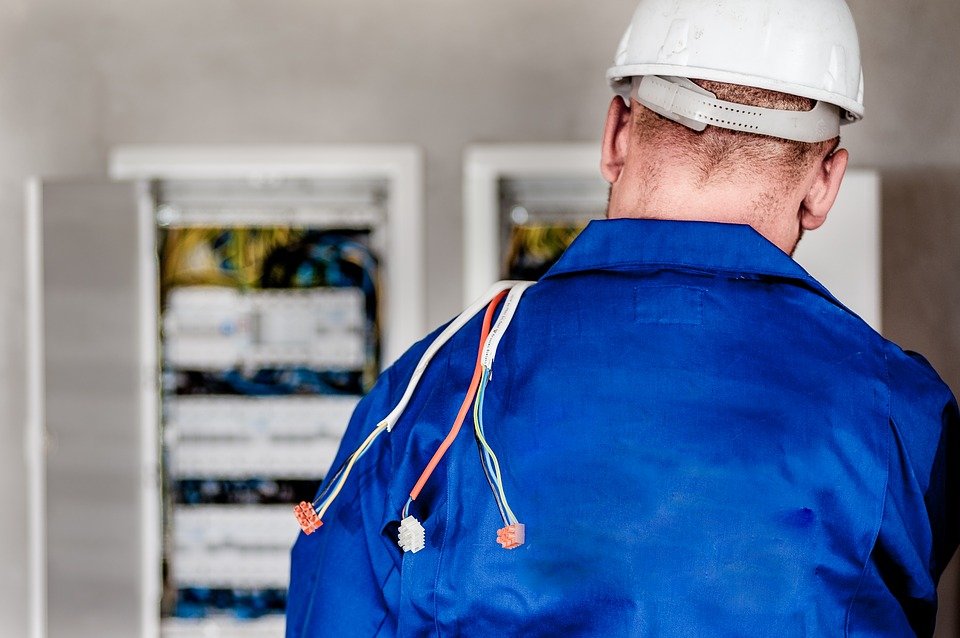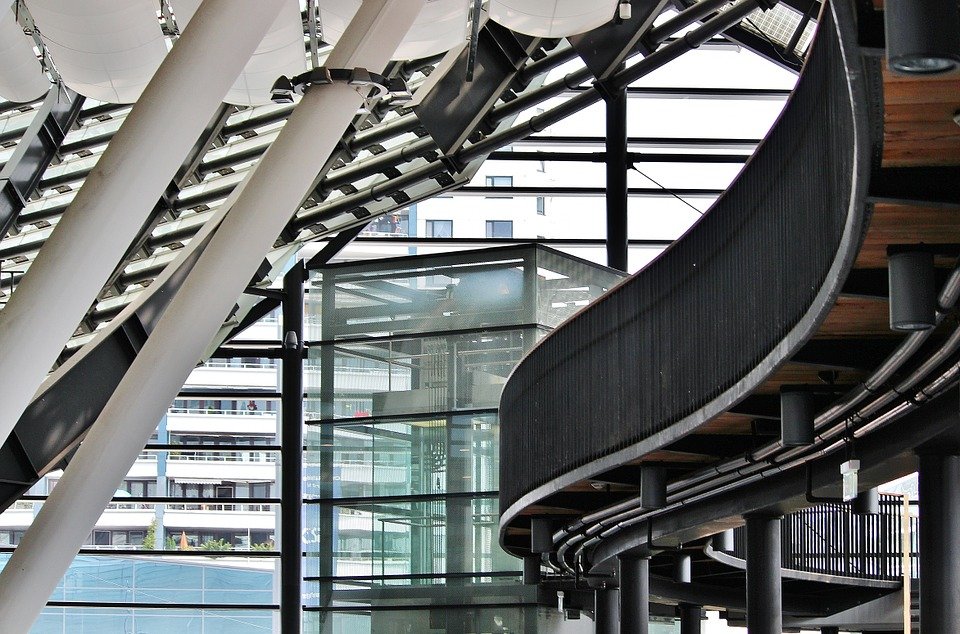FM focus: Repair and maintenance

The facilities manager will typically have full responsibility for a building or site’s plant and equipment, in addition to the fabric of the building. Selection of suitable plant and equipment and its subsequent maintenance and repair is not only a specific legal requirement but also makes good business sense. Paul R King explains.
Planned preventative maintenance will help extend the working life of plant and equipment which may have had a high initial capital outlay. Whether you opt for planned preventative maintenance or breakdown maintenance for your plant and equipment will be determined in part by any specific statutory duties but also by your business requirements. How long can your business tolerate certain plant and equipment being unavailable; a day, a week, an hour?
In considering your maintenance and repair procedures it is vital that you understand the areas over which you have responsibility and control. For most property and facilities managers this is likely to include:
- Plant and equipment
- Catering and kitchen equipment
- Security equipment, CCTV, access control equipment
- Ventilation
- Heating
- Lighting
- Electrical distribution
- Cleanliness and waste
- Floors and traffic routes
- Windows
- Doors and gates
- Escalators, travelators
- Sanitary and welfare facilities
- Drinking water
- Water treatment plant
- Lifts
- Fire precautions.
Establishing your maintenance and repair procedures early will help you ensure that breakdowns are kept to a minimum and should they occur you have effective arrangements in place to bring operations back up to speed as efficiently as possible, reducing the negative impact on business, as well as making sure that your premises, plant and equipment remain in a safe condition with risks reduced to the lowest level reasonably practicable.
If your premises or any part of it has been relatively recently built you must ensure that you refer to the health and safety file put together by virtue of the Construction, Design and Management Regulations 2015 as this file will include details of how the building should be maintained once constructed.
You must ensure that your procedures specifically cover the arrangements you have in place when safety critical plant and equipment is taken out of service and what measures you have adopted to ensure that it is not put back into service before any defects are corrected. Safety critical defects to lifts, cradles, emergency stop devices for example would mean that the plant cannot be used until defects are rectified. How do you ensure that at times of shift handover such equipment is not inadvertently put back into operation before the defects are corrected?
Your risk assessments will need to cover the safety of maintenance contractors and engineers particularly where they have to access areas of higher risk, confined spaces, work at height, work on or in machinery, work over or near water, work with hazardous substances, work in areas where there may be asbestos containing materials, roof work on or near fragile surfaces, work from access equipment including suspended access cradles, MEWPs, scissor lifts and overhead gantries.
Where there are several maintenance activities being conducted at the same time it is important that the person in control has recognised the risks associated with the activities, in particular where they may impact on one another.

Statutory Inspections
Make sure you know which items of plant and equipment are subject to the requirement for specific statutory inspections. This includes safety critical plant and equipment such as that listed below:
- Passenger lifts
- Goods lifts
- Fire precautions
- Water cooling towers
- Suspended access equipment
- Eye bolts and other fall arrest equipment
- Pressure systems
- Mobile elevated work platforms (MEWPs)
- Smoke extract and ventilation systems
- Local exhaust ventilation
- Fork lift trucks
- Compressors
- Rubbish compactors
- Stair lifts/access platforms
- PPE and RPE
- Fleet vehicles
- Gas appliances.
Planned Preventative Maintenance
Your premises will need to be maintained to ensure that risks to your employees’ health, safety and welfare, together with others effected by your business are kept to the lowest levels reasonably practicable. Establishing your premises cleaning regimes, determining the frequency of window cleaning, general workplace cleaning and cleaning of toilets, kitchens and exterior areas will all help you maintain a safe and healthy working environment.
Most plant and equipment will benefit from planned preventative maintenance (PPM) as opposed to breakdown maintenance because not only will this help reduce the chances of business interruptions and down time but will also help keep equipment safe to use, as most equipment has safety features built into its design. Manufacturers will determine scheduled maintenance regimes which will keep that equipment working within prescribed tolerances.
The planned maintenance schedules may be based on weekly, monthly, quarterly and seasonal cycles or may be based on running and operating time, or as in the case of your fire precautions could be established in accordance with relevant British, European or International Standards.
In catering facilities your cleaning and maintenance regimes will need to reflect food hygiene requirements for food storage and food preparation areas.
Breakdown maintenance
Even where you have determined a PPM schedule is not necessary, both for operational and safety reasons following your risk assessment, there will undoubtedly be a need to have some form of break down maintenance procedures in place. Whether having contracts in place with glaziers to effect repairs to broken windows, or cleaners to clear up spills during the working day, having contacts and procedures already established will help ensure down time and risks to health and safety are reduced.
This should include a defect reporting procedure in order that changes to the working environment are flagged up and corrective action is taken within a reasonable period of time. Defect reporting procedures should cover all plant and equipment but should also cover the general working environment including:
- Pedestrian traffic routes: slip and trip hazards
- Vehicle traffic routes: pot holes, damage to gates and barriers
- Property and building fabric: damage to brick work, building facades, broken windows, damaged glass
- Suspected break in, malicious damage to plant, equipment and facilities.

Paul R King is Director at Charlton Ross, a risk management professional with 25 years of hands on experience at strategic, tactical and operational levels in a range of sectors. Paul is a Graduate Member of the Institution of Fire Engineers, a Chartered Safety Practitioner and a Member of the International Institute of Risk and Safety Management. Paul has been a technical author and peer reviewer for Barbour, part of the UBM Global Publishing Group.
FM focus: Repair and maintenance
The facilities manager will typically have full responsibility for a building or site’s plant and equipment, in addition to the
Safety & Health Practitioner
SHP - Health and Safety News, Legislation, PPE, CPD and Resources Related Topics
Survey highlights health and safety concerns among facilities managers
Workplace accessibility – “A community cannot be inclusive if it is not accessible”
Safe Working Area charter launched by UKMHA



